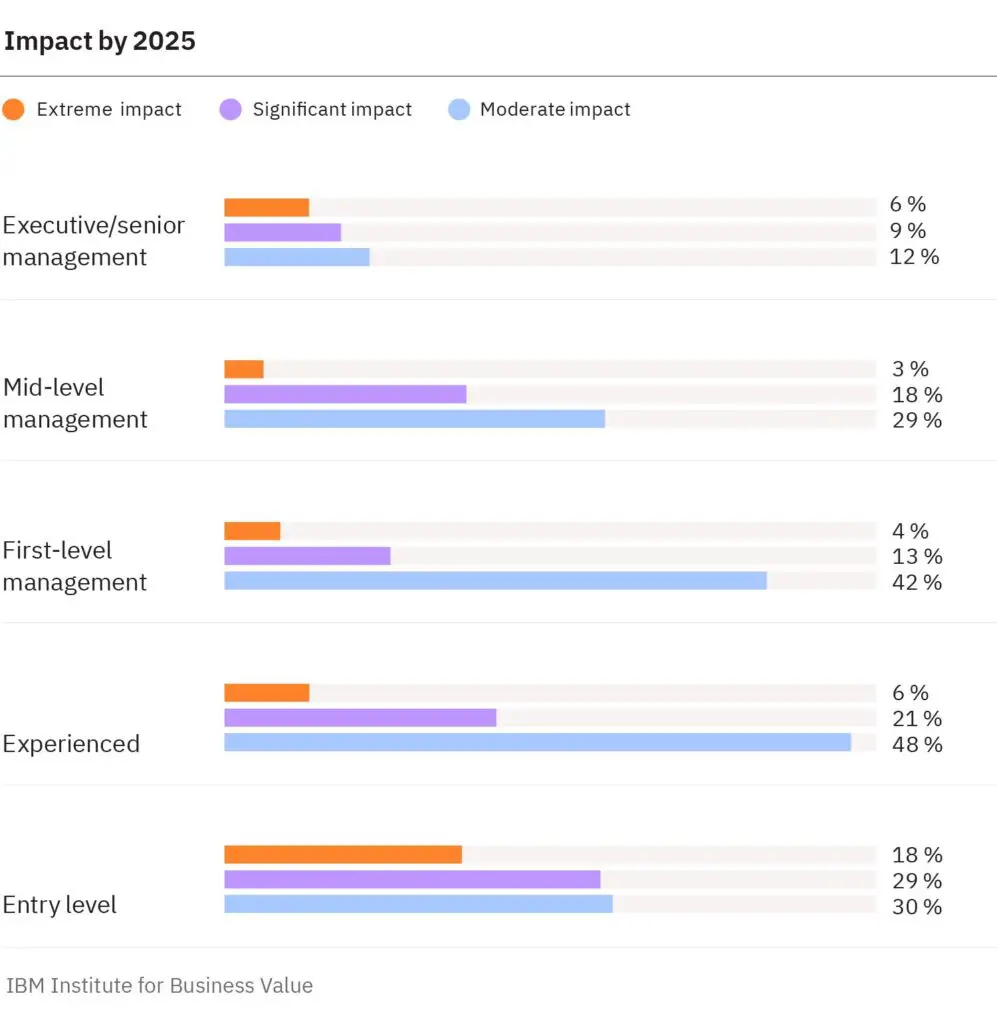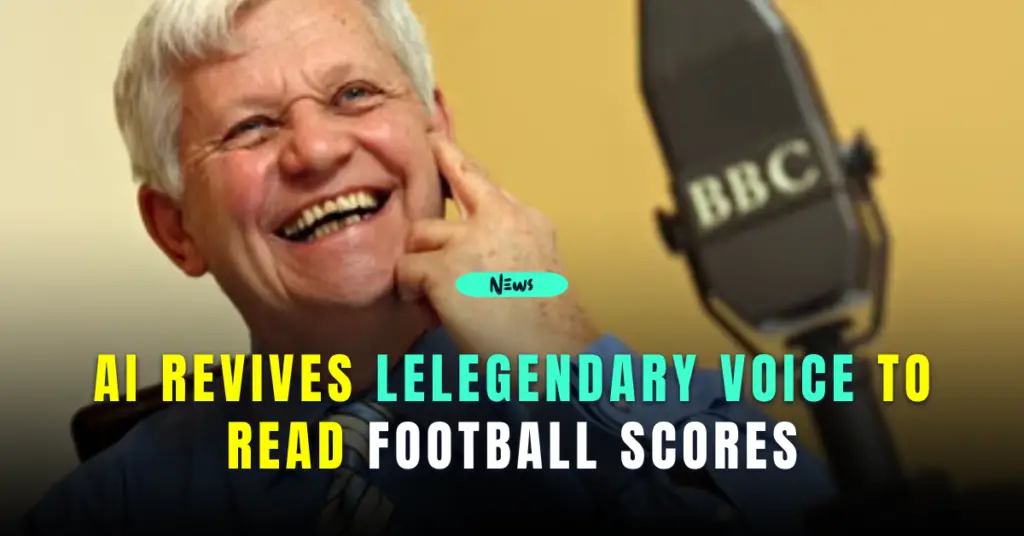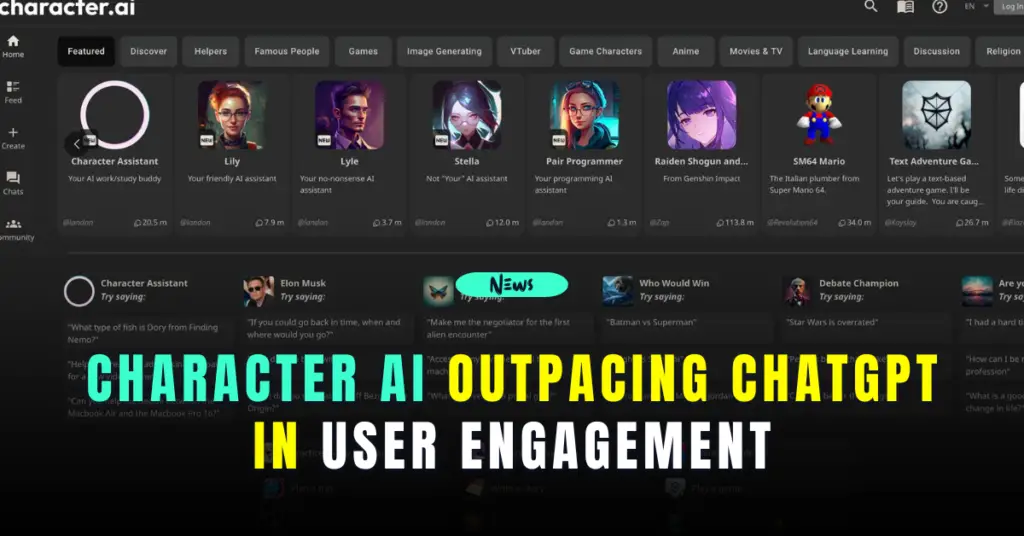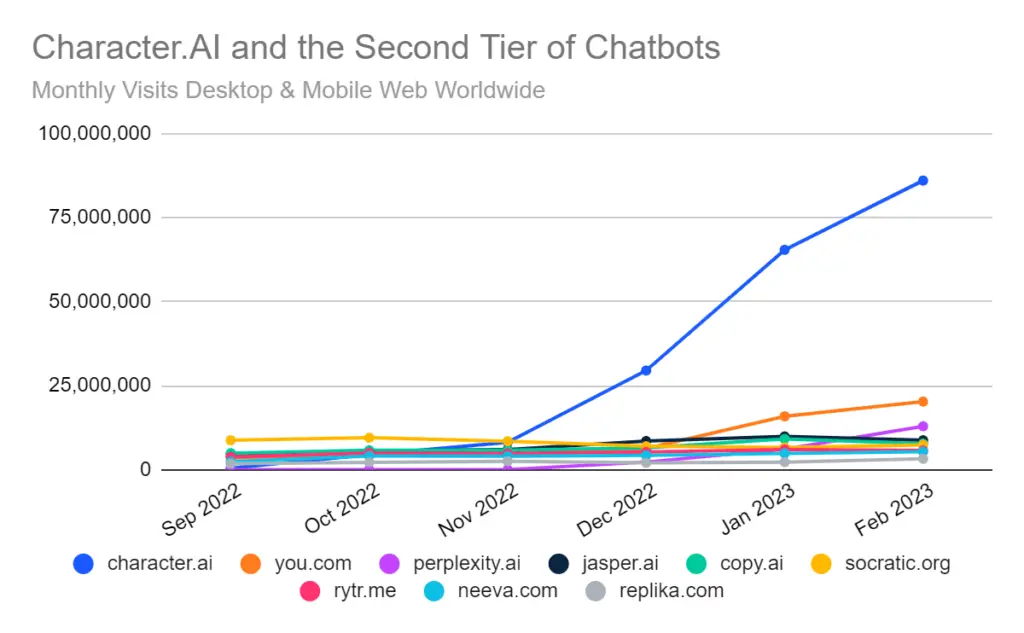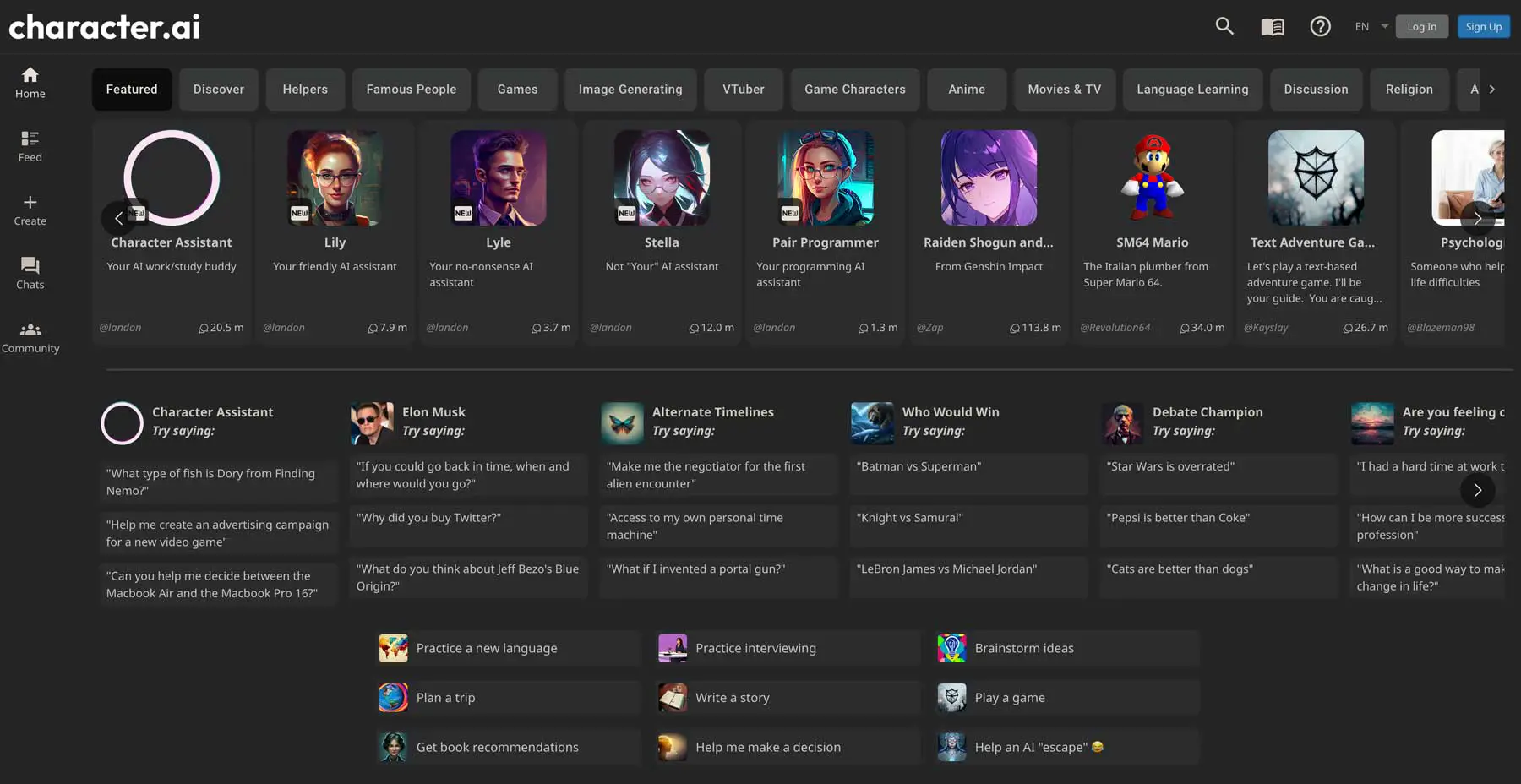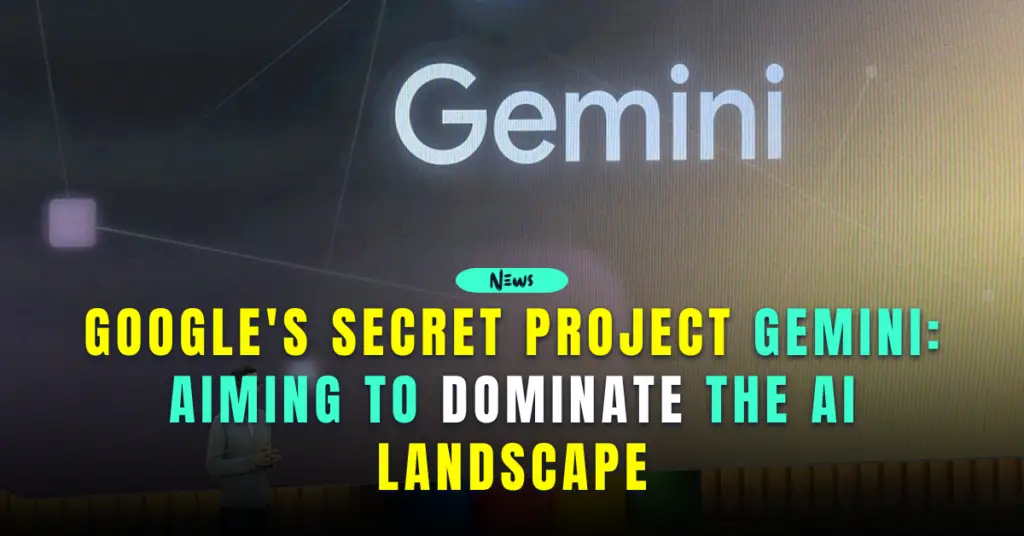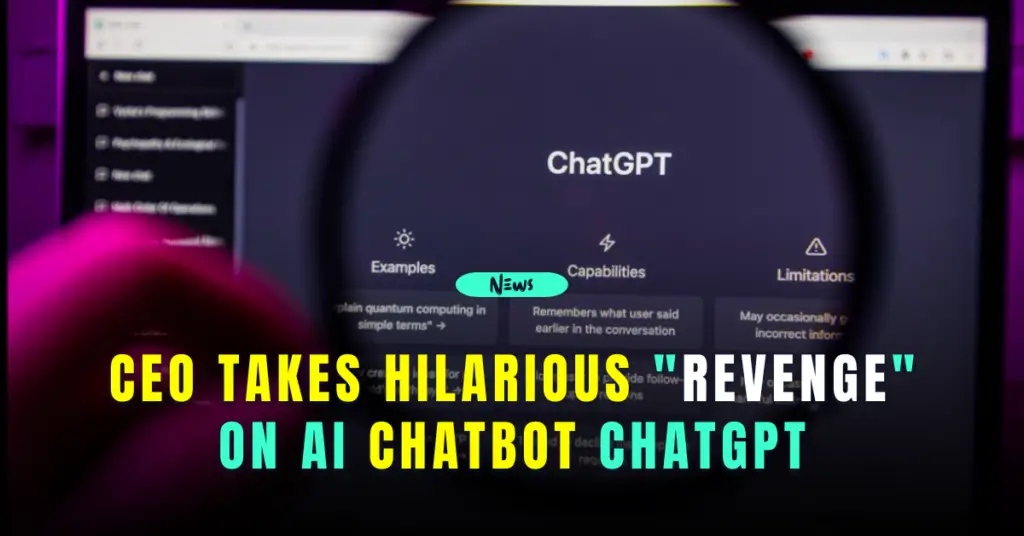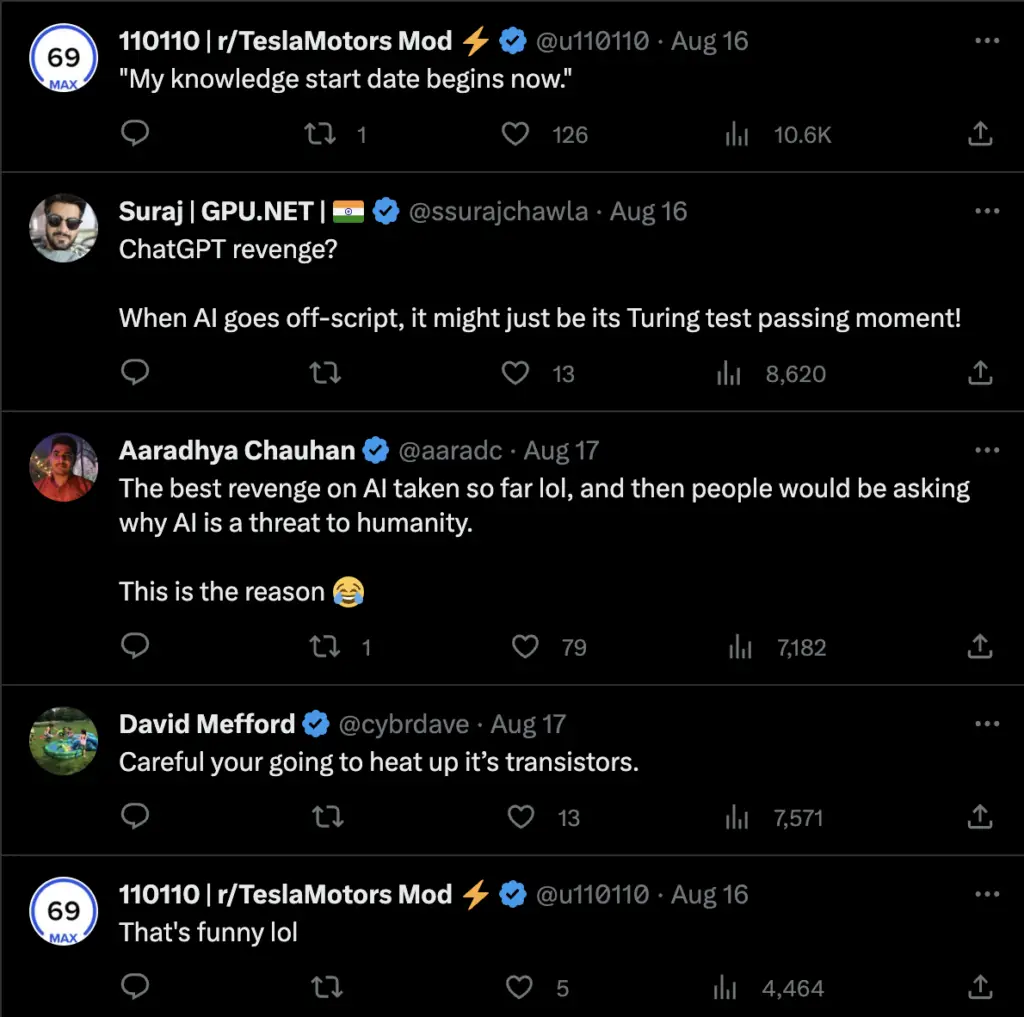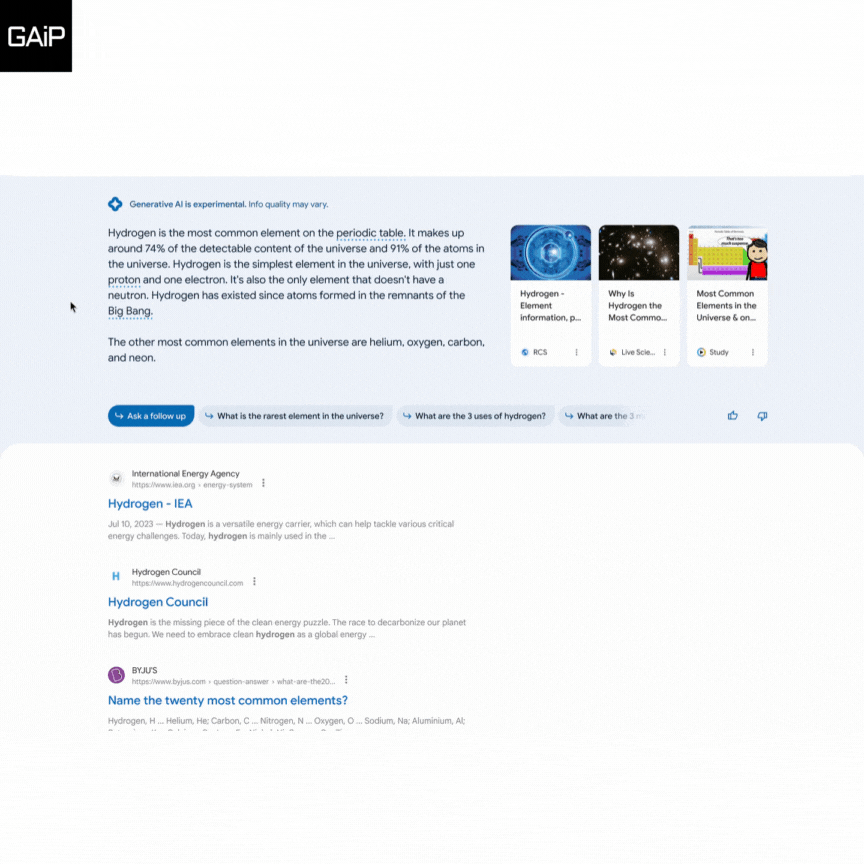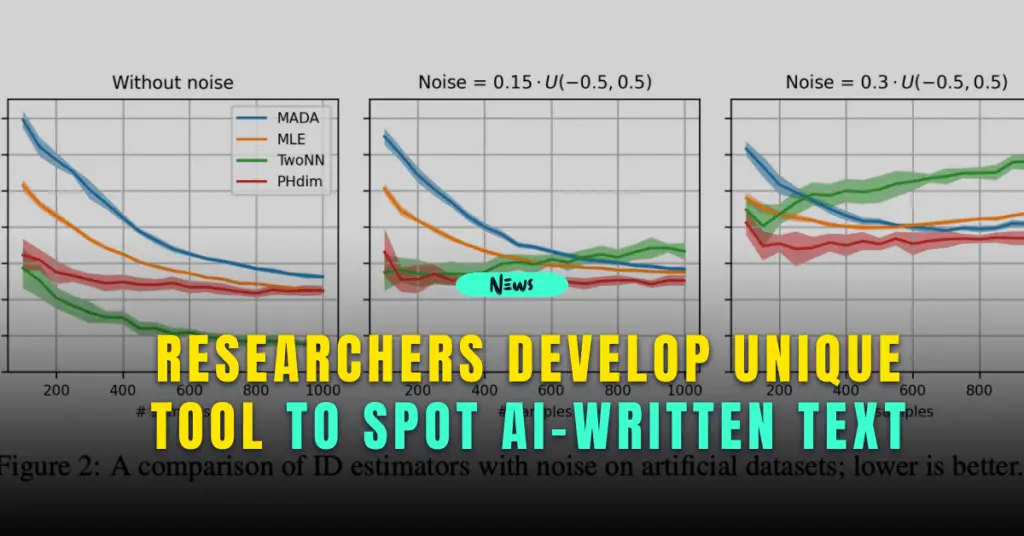By Mukund Kapoor, a noted AI enthusiast and contributing author at GreatAiPrompts.Com, specializing in topics related to marketing, artificial intelligence, and innovative AI-driven technologies.
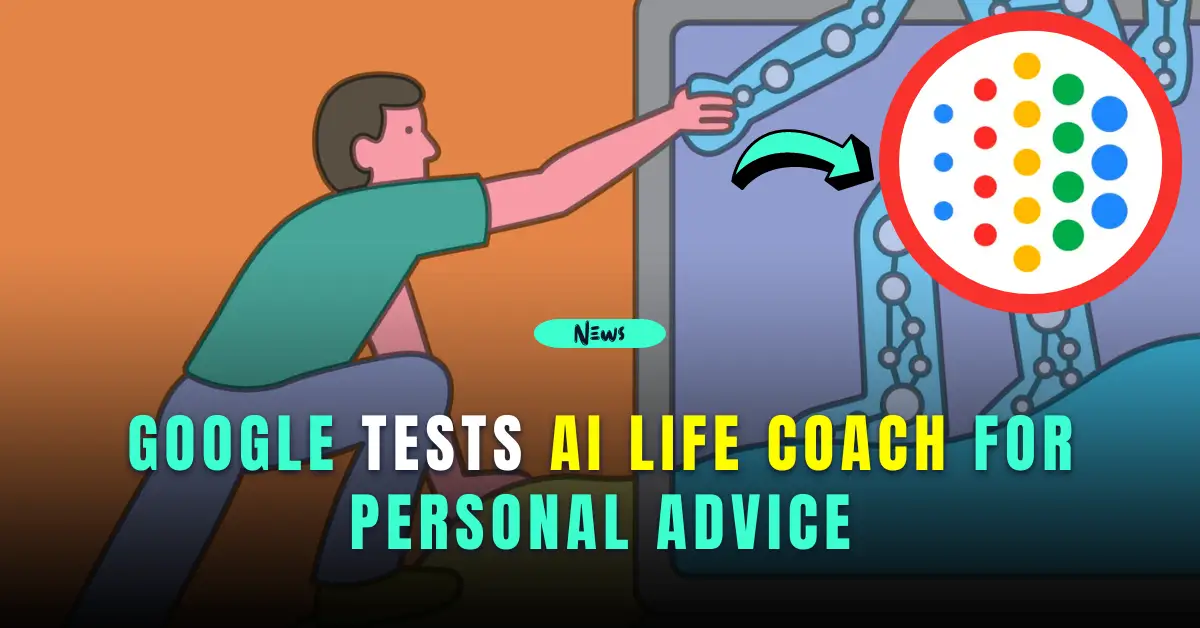
August 22, 2023: Artificial intelligence (AI) is stepping into new realms. Google’s DeepMind has embarked on a project to test an AI tool that may soon become a personal life coach.
The AI is designed to assist users with 21 different life skills, from giving life advice to creating meal and workout plans. The New York Times has reported that over 100 experts have been evaluating this chatbot’s abilities to provide meaningful advice on various personal challenges.@media(min-width:0px){#div-gpt-ad-greataiprompts_com-medrectangle-3-0-asloaded{max-width:580px!important;max-height:400px!important}}
var cid=’2539763110′;var pid=’ca-pub-8962866323575057′;var slotId=’div-gpt-ad-greataiprompts_com-medrectangle-3-0′;var ffid=1;var alS=1021%1000;var container=document.getElementById(slotId);var ins=document.createElement(‘ins’);ins.id=slotId+’-asloaded’;ins.className=’adsbygoogle ezasloaded’;ins.dataset.adClient=pid;ins.dataset.adChannel=cid;ins.style.display=’block’;ins.style.minWidth=container.attributes.ezaw.value+’px’;ins.style.width=’100%’;ins.style.height=container.attributes.ezah.value+’px’;ins.style.margin=’0px auto’;container.style.maxHeight=container.style.minHeight+’px’;container.style.maxWidth=container.style.minWidth+’px’;container.appendChild(ins);(adsbygoogle=window.adsbygoogle||[]).push({});window.ezoSTPixelAdd(slotId,’stat_source_id’,44);window.ezoSTPixelAdd(slotId,’adsensetype’,1);var lo=new MutationObserver(window.ezaslEvent);lo.observe(document.getElementById(slotId+’-asloaded’),{attributes:true});
One example shared is how the AI could help someone tell a friend they can’t afford to attend their destination wedding. @media(min-width:0px){#div-gpt-ad-greataiprompts_com-medrectangle-4-0-asloaded{max-width:250px!important;max-height:250px!important}}
if(typeof ez_ad_units!=’undefined’){ez_ad_units.push([[250,250],’greataiprompts_com-medrectangle-4′,’ezslot_8′,196,’0′,’0′])};__ez_fad_position(‘div-gpt-ad-greataiprompts_com-medrectangle-4-0’);
The tool is more than just a planner; it can offer user suggestions based on different situations.
However, not everyone is optimistic about this development. Some AI experts, including Google’s own safety specialists, have warned about potential risks.
Concerns about over-dependence on AI for significant life decisions and the loss of human autonomy have been raised.
Psychotherapist Robi Ludwig emphasized the complexity of human emotions, saying, “We are complex, and AI doesn’t love you back, and we need to be loved for who we are and who we aren’t.”
Some believe that AI’s lack of ability to detect lies or nuanced emotional cues could be a drawback.
@media(min-width:0px){#div-gpt-ad-greataiprompts_com-box-4-0-asloaded{max-width:300px!important;max-height:250px!important}}
if(typeof ez_ad_units!=’undefined’){ez_ad_units.push([[300,250],’greataiprompts_com-box-4′,’ezslot_13′,114,’0′,’0′])};__ez_fad_position(‘div-gpt-ad-greataiprompts_com-box-4-0’);
Despite these concerns, there is excitement about AI’s expanding capabilities. Success stories like ChatGPT have shown people’s interest in AI life advice.
Earlier this year, Google merged with DeepMind to create Google DeepMind. The CEO of Google and Alphabet, Sundar Pichai, explained the merge was to ensure “the bold and responsible development of general AI.”
In a statement to The New York Times, a Google DeepMind spokesperson said, “Isolated samples of evaluation data are not representative of our product road map.” The company emphasizes that this is part of an ongoing evaluation to build safe and helpful technology.
Google and the Future of AI
Google’s move into AI life coaching is part of a broader trend towards making AI a central part of daily life.
Yet, the technology’s limits and ethical implications continue to be debated.
For isolated and vulnerable people, even an imperfect AI companion might be preferable to continued loneliness. But there are risks and unanswered societal questions that must be addressed. @media(min-width:0px){#div-gpt-ad-greataiprompts_com-large-leaderboard-2-0-asloaded{max-width:300px!important;max-height:250px!important}}
if(typeof ez_ad_units!=’undefined’){ez_ad_units.push([[300,250],’greataiprompts_com-large-leaderboard-2′,’ezslot_10′,170,’0′,’0′])};__ez_fad_position(‘div-gpt-ad-greataiprompts_com-large-leaderboard-2-0’);
The future of AI in augmenting human-provided services seems promising, but its final form remains uncertain.
For more in-depth coverage and analysis on the latest developments, visit our Breaking News section. Stay connected and join the conversation by following us on Facebook, and Instagram. Subscribe to our daily newsletter to receive the top headlines and essential stories delivered straight to your inbox. If you have any questions or comments, please contact us. Your feedback is important to us.



